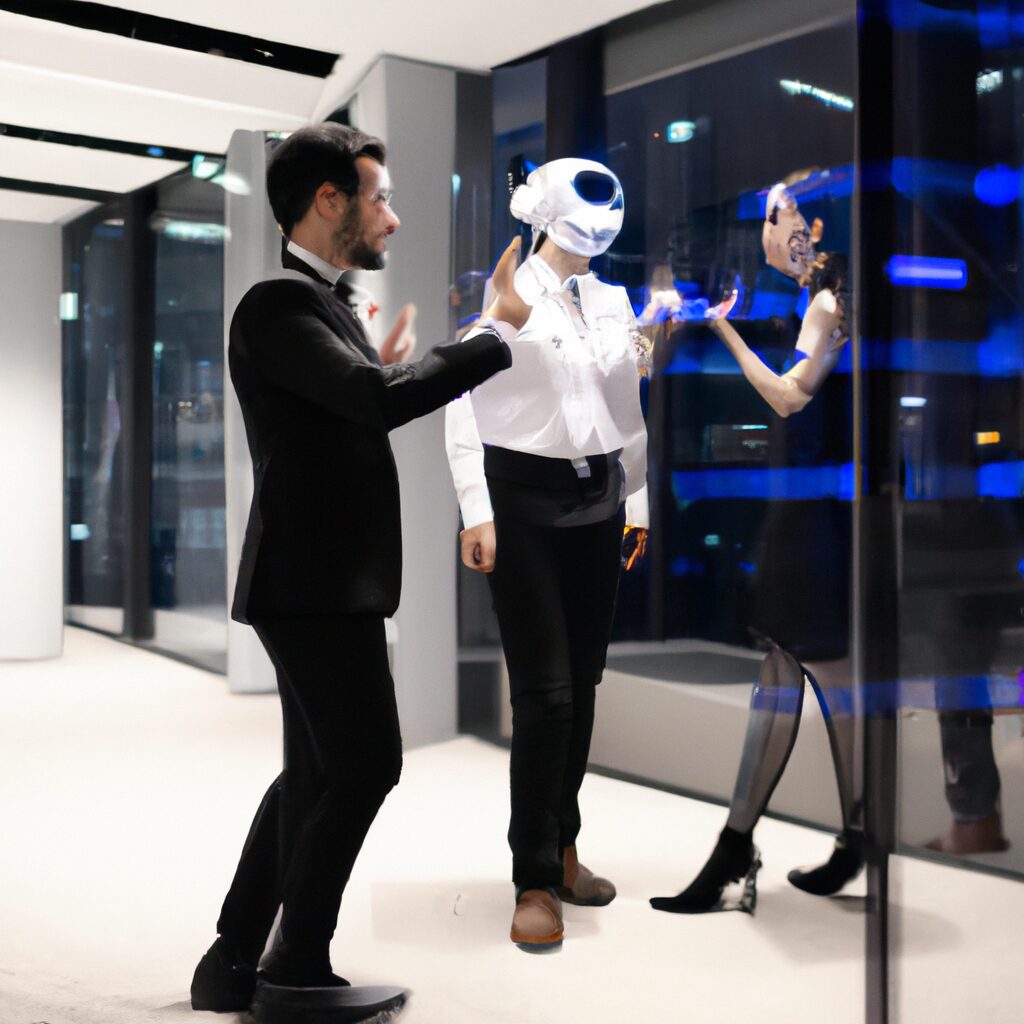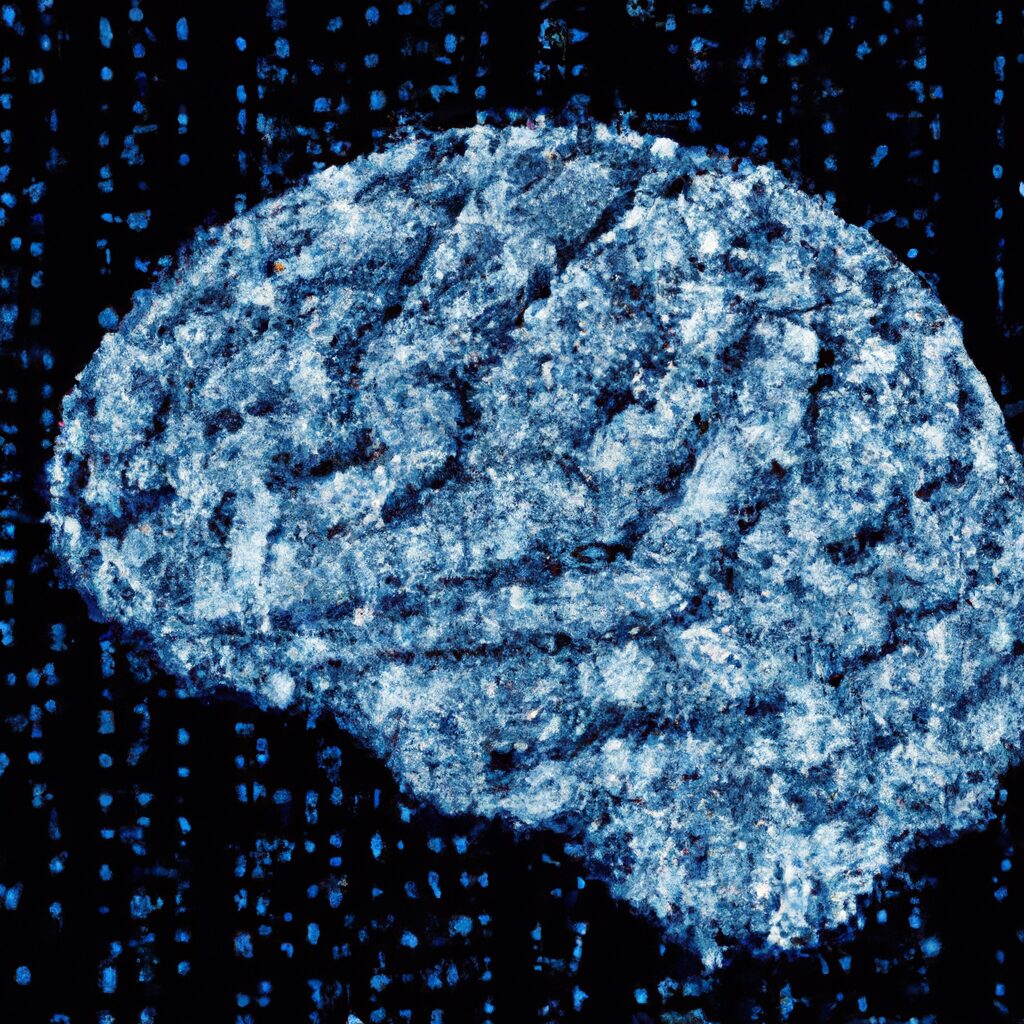The Evolution of AI Assistants and Their Impact on Modern Workplaces
- February 17, 2025
- Posted by: Mai - CF Brand Ambassador
- Category: Daily Blogs
The Evolution of AI Assistants and Their Impact on Modern Workplaces
Introduction to AI Assistants
Artificial Intelligence (AI) has transformed the way we operate in various sectors, none more so than in the realm of workplace productivity. AI assistants have become vital components of modern office environments, revolutionizing how tasks are managed and executed. This article explores the evolution of AI assistants, their applications, and the underlying algorithms that drive their efficiency.

The Rise of AI Assistants in Workplaces
AI assistants have become indispensable tools in the workplace, providing support in various functions ranging from scheduling meetings to managing complex data sets. These systems have evolved significantly over the past few years, driven by advancements in machine learning, natural language processing, and robotics. Today, AI assistants are capable of understanding context, processing language, and executing tasks with human-like precision.
Their integration into everyday tasks has not only improved efficiency but also allowed human employees to focus on more strategic, creative aspects of their roles. This symbiotic relationship between AI and humans is reshaping the traditional office landscape.
Key Benefits of AI Assistants
Implementing AI assistants in workplaces offers several advantages:
- Enhanced Productivity: AI assistants can automate routine tasks, thereby freeing up time for employees to focus on high-value activities.
- Improved Decision Making: With AI’s ability to analyze large volumes of data quickly, businesses can make more informed decisions based on comprehensive insights.
- Cost Efficiency: By streamlining operations and reducing the need for manual labor, AI assistants can significantly cut operational costs.
- Scalability: AI systems can easily scale operations to accommodate growing business needs without the additional burden of manpower costs.
Understanding the Algorithms Behind AI Assistants
At the core of AI assistants are complex algorithms that enable them to learn, adapt, and execute tasks efficiently. Machine learning algorithms, including deep learning and reinforcement learning, provide the framework for understanding patterns and making predictions.

Natural Language Processing (NLP) is another critical component, allowing AI assistants to interpret and respond to human language with accuracy. This capability is essential for applications that require interaction with users, such as customer service bots and virtual personal assistants.
The Future of AI Assistants
The future of AI assistants is poised for even more sophisticated developments as technology advances. The integration of cognitive computing and emotion recognition will likely bring about a new age of intelligent systems capable of understanding and responding to human emotions. These enhancements will make AI assistants even more effective in personal and professional settings.
Businesses that embrace these technologies stand to gain a competitive edge, inheriting the ability to operate more intelligently and efficiently than ever before. The transformation of workplaces via AI is only just beginning, with limitless possibilities on the horizon.
